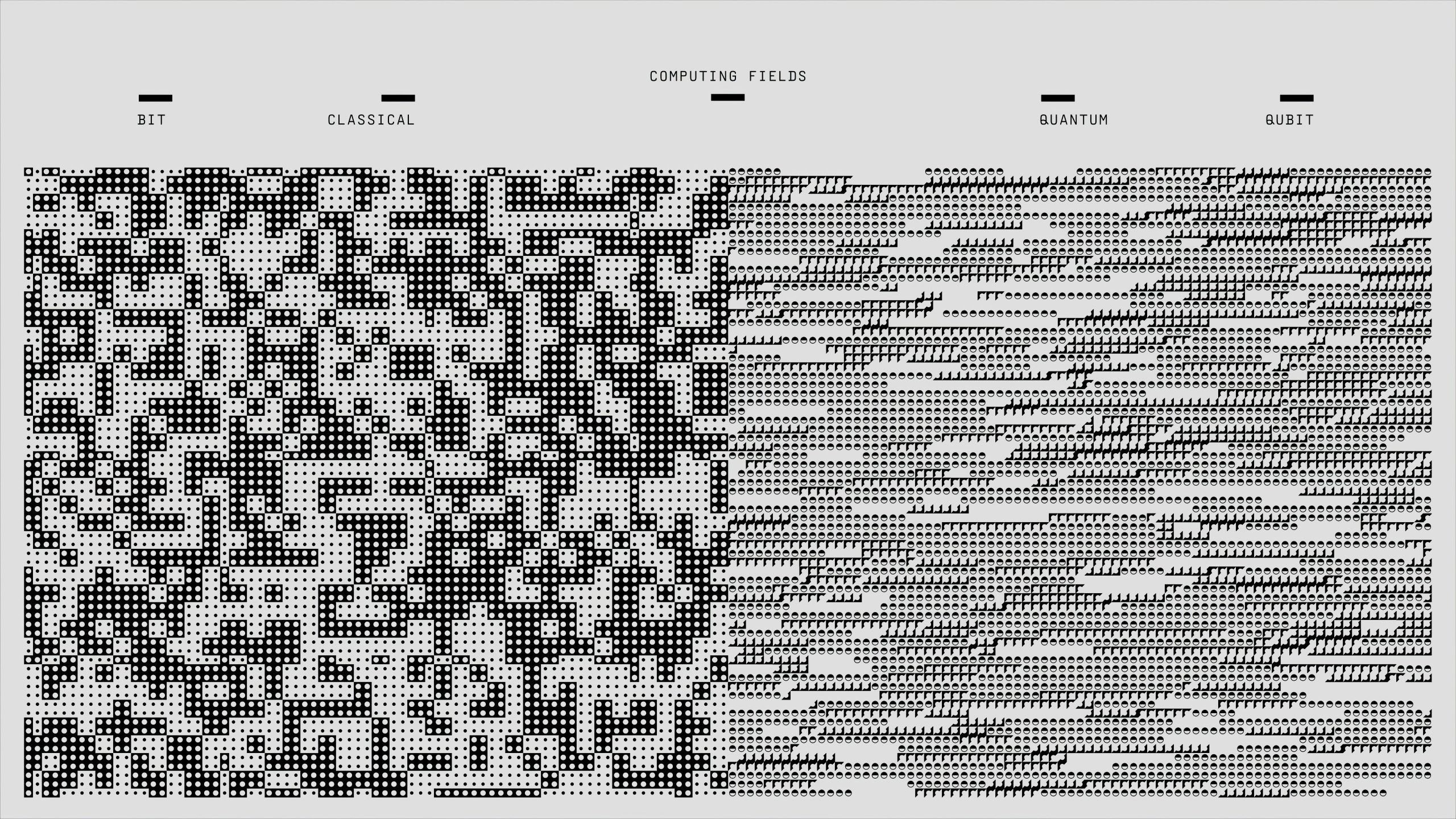Enhancing Camp Management with Next.js and Supabase: Key Development Patterns and Practical Code Examples
Summer camp program management involves intricate scheduling, dynamic rosters, and complex workflows. Developers building such applications require effective architectural patterns and coding strategies to implement features reliably and efficiently. This article provides an overview of common challenges in camp management apps and offers concrete code snippets and best practices using Next.js, Supabase, and complementary tools, to help you design scalable, maintainable features from scratch.
1. Building Robust CRUD Operations and Approval Workflows
Scenario: Managing a Program Bank with creation, editing, and approval processes.
Key Patterns:
- Using React Hook Form + Zod for Forms
“`typescript
import { useForm } from ‘react-hook-form’;
import { z } from ‘zod’;
// Define schema
const programSchema = z.object({
name: z.string().nonempty(),
description: z.string().optional(),
supplies: z.string().array(),
});
type ProgramFormData = z.infer
function ProgramForm() {
const { register, handleSubmit, errors } = useForm
resolver: zodResolver(programSchema),
});
const onSubmit = async (data: ProgramFormData) => {
const { data: result, error } = await supabase.from(‘programs’).insert({ …data, status: ‘pending’ });
if (error) console.error(error);
else console.log(‘Program submitted for approval’);
};
return (
);
}
“`
- Supabase Schema & Row-Level Security (RLS)
“`sql
— Create programs table
create table programs (
id uuid primary key default uuid_generate_v4(),
name text,
description text,
status text check (status in (‘pending’, ‘approved’, ‘rejected’)) default ‘pending’,
created_by uuid references auth.users(id),
created_at timestamp default now()
);
— Enable RLS
alter table programs enable row level security;
— Policy: Only creator or department heads can update
create policy “Only creator or department head” on programs

